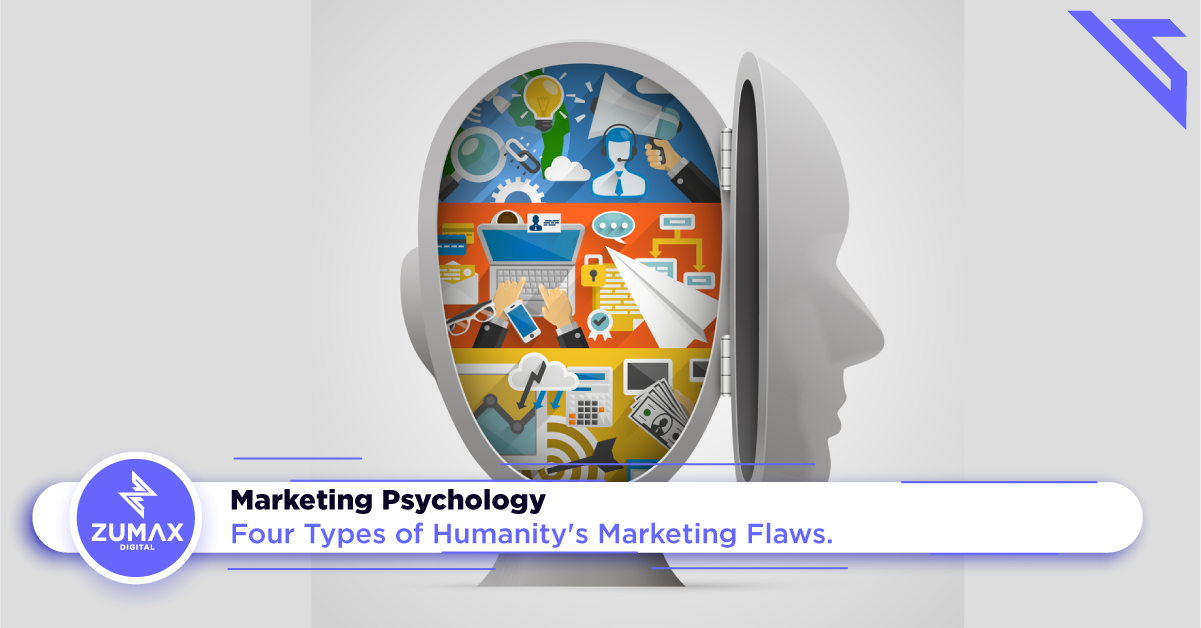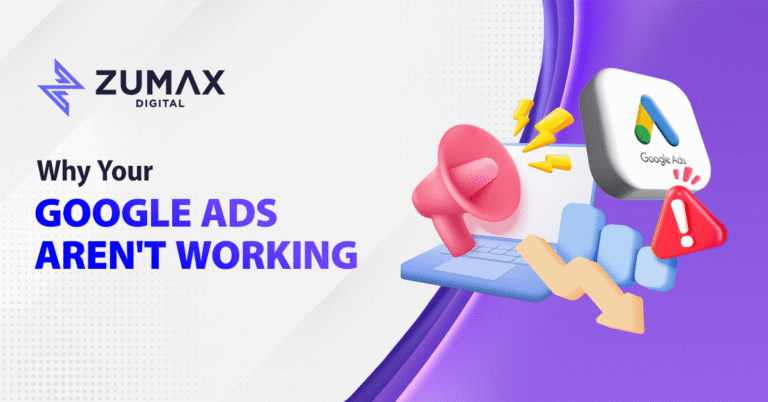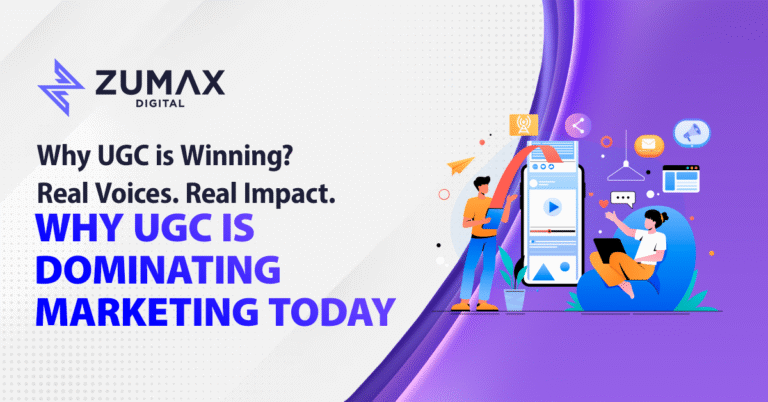
Marketing Psychology. Four Types of Humanity’s Marketing Flaws.
Due to intense market rivalry, several marketing techniques have eventually ceased to exist after being born, growing, and highlighted.
However, certain marketing techniques are always predicated on human nature’s flaws. Rather of being destroyed, they have been rejuvenated over time and are continually emitting fresh life and strength. Nothing is more indicative of human nature’s flaws than psychology.
Marketing behaviours generated by marketing psychology may be classified into four categories in today’s marketing industry:
1. The first is loss aversion.
Display just what customers want to see and conceal what they hate.
While businesses’ slogans promoting free gifts are ubiquitous, and consumers are constantly exposed to these free activities, the effect of free activities continues to have an irresistible attraction for them. why? No matter how much customers like a certain thing, they will have a loss mentality regarding the quantity of payment, and individuals have an allergy to loss mentality.
As a result, many purchasers utilise free presents to offset consumers’ loss aversion, therefore boosting purchases. This is the basis for the concept that free events may successfully attract customers. Consumers are primarily impacted by free activities in three ways. To begin, when consumers are stimulated by free activities, they will unknowingly pay more money; to continue, when consumers are stimulated by free activities, they will disregard their original consumption choices; and finally, merchants will compete in an incentivized market, garnering increased attention.
2. The second is the impact of the deception.
In the real meaning of the deception effect, it does not market the notion of “free,” but rather directly and without cost instils new values in customers’ brains. In other words, once you purchase the same thing, the merchant will utilise the decoy effect to convince you that the product’s worth exceeds the amount of your initial payment. This is a “free” approach to improve the value of products, as well as a means to retain consumers and assure after-sales support, for commercial prospects.
The value outside the product refers to the product’s additional value. In other words, individuals will develop sentiments for the product, and those feelings will produce added value, which the business will use to entice the consumer. This is a method of attracting fish. Of course, not all items create additional value through emotions, and this marketing activity is more accurately described by the practical feeling.
For instance, does travelling at 60 kilometres per hour feel quick or slow? When a car joins a 60km/h city road from a trail capable of just 20km/h, the driving speed of 60km/h appears to be quite rapid. On a city road, 60km/h is considered slow. When the reference object changes, the feeling changes dramatically.
Why is it that when customers select between RM2 500ml Kickpaoo and RM3 1l Mountain Dew, they frequently prefer the latter? All of them are sham effects.
The bait effect is a discount or complete decrease that gives buyers the impression that they are earning something and that the additional goods are free. Consumers’ psychology is precisely what causes them to unwittingly pay more money in order to obtain the “free” products in their hearts.
3. The third is the Reciprocity.
Free samples are ubiquitous in supermarkets; in shopping centres, you may test cosmetics for free; and on the streets, you can offer gifts for free. How can retailers benefit from free gifts? What’s the ruse?
When we are presented with free sampling, two things happen: first, because it is free, our standards for food are lowered, and it is easy to believe that the food is excellent; second, once we have eaten it, the shopping guide will provide it with a gift. When you consume food, a psychological load of “eat and buy” will be placed on your heart. Another layer is the embarrassment you feel if you do not purchase it. Finally, receiving free food entails Along with some of the “favours” of shopping guides, individuals will urge themselves to purchase products at this time, based on reciprocal psychology.
Cosmetics and street presents, for example, all employ this psychological approach. Reciprocity is not limited to food, cosmetics, and presents. Through the utilisation of tiny scenes, it is possible for it to play a more significant part in other scenes. In a competitive market, businesses may close the gap with customers by providing “little favours” to the masses, while also assisting businesses in spreading their brands.
4. The fourth is hert effect.
While shopping on the street, we became aware of a crowd forming in front of us. We couldn’t contain our curiosity and walked up to find out. Then we walked up and saw someone was participating in the “Play Games for Free Ticket” activity. After have gained comprehension, we can’t help but feel scorn for a moment: “What’s so great about this?”
This is a classic case of herd behaviour. The herd effect is critical to the appeal of free events and the success of free marketing initiatives. While free activities are effective in attracting consumers, their gathering power is not as powerful as their performance. However, when a group gathers around a stall or stage, subsequent individuals will naturally go closer to the group, which is conformity. All of this is being driven by the effect.




